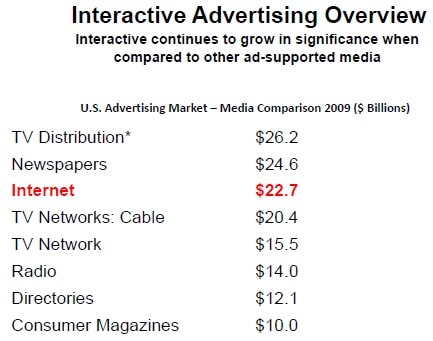When the FCC approved the merger between Sirius Satellite Radio and XM Satellite Radio their were several conditions attached. One of the conditions was that Sirius XM agreed to lease back channels to qualified entities to serve minority, educational, and under served markets. Over two years have passed, and to date no real action has taken place. The August 23rd extension is now upon us, so as expected the meetings with the FCC are beginning to happen again.
In an interesting FCC filing this week iClick2Media has offered up a white paper with some very interesting statistics and ideas for these new channels to become a reality. The association involved is called American Independent Radio (AIR). AIR has a goal of delivering specialized content over satellite radio, through Sirius XM’s Internet service, and to market it through social media. The filings are an interesting read, and the concept would seem to have some promise.
The concept of American Independent Radio (AIR) was designed to allow independent radio content providers, members of the underserved class that have been absent on an ever shrinking on the airwaves. The FCC has an obligation to insure fairness in the marketplace and Sirius XM realized that it had moral responsibility to give space on its dial to voices that are not normally heard on terrestrial radio but need to be heard on satellite. Their Voluntary Commitments to make available four percent (4%) of its capacity for use by certain Qualified Entities, and an additional four percent (4%) of capacity for the delivery of noncommercial educational or informational (“NCE”) programming opens the gate for theses Qualified Entities members of the underserved markets to be heard and join the digital wave of radio.
The white paper includes substantial breakdowns of trends on Internet use, social media, advertising, and overall data concerning what today’s consumers are doing. Much of what is discussed are points that I have been trying to make for some time. Things such as the importance of social media are lost on some, but the numbers do not lie, and they clearly demonstrate that in today’s markets any company needs to maintain a focus on social media. Other interesting statistics included where advertiser spend their money.
Also discussed is the substantial difference between the Internet and the Mobile Internet. Users do things differently on their cell phones than they do on their PC’s. This phenomenon is something that many companies have begun to understand, and they are already adapting to take advantage of it. Still another interesting statistic is where advertisers are spending their money. The Internet has grabbed the third spot and had over 50% more spent on advertising than did satellite.
What I personally found the most interesting thing in this report was not the concept of AIR, or even their proposal on content. It was instead some of the numbers such as ad spending and the habits of people today. This type of data underscores the substantial differences in demographics not only by race and gender, but by age as well. When it comes to technology the lines are a lot less blurred than many people think. It is why it is so important for companies to understand not only their core audience, but the overall market. Data such as this can help a company like Sirius XM better grasp what a 16 year old wants and does as compared to a 35 year old.
I am not endorsing AIR as the solution, but do feel that they provide some real food for thought on the lease back channels as well as the potential of knowing audience better in order to remain relevant to them. The FCC filings are on the five links below.
Pew Home Broadband Adoption Study (50 pages)
IAB Study On Social Media (20 pages)

No comments:
Post a Comment